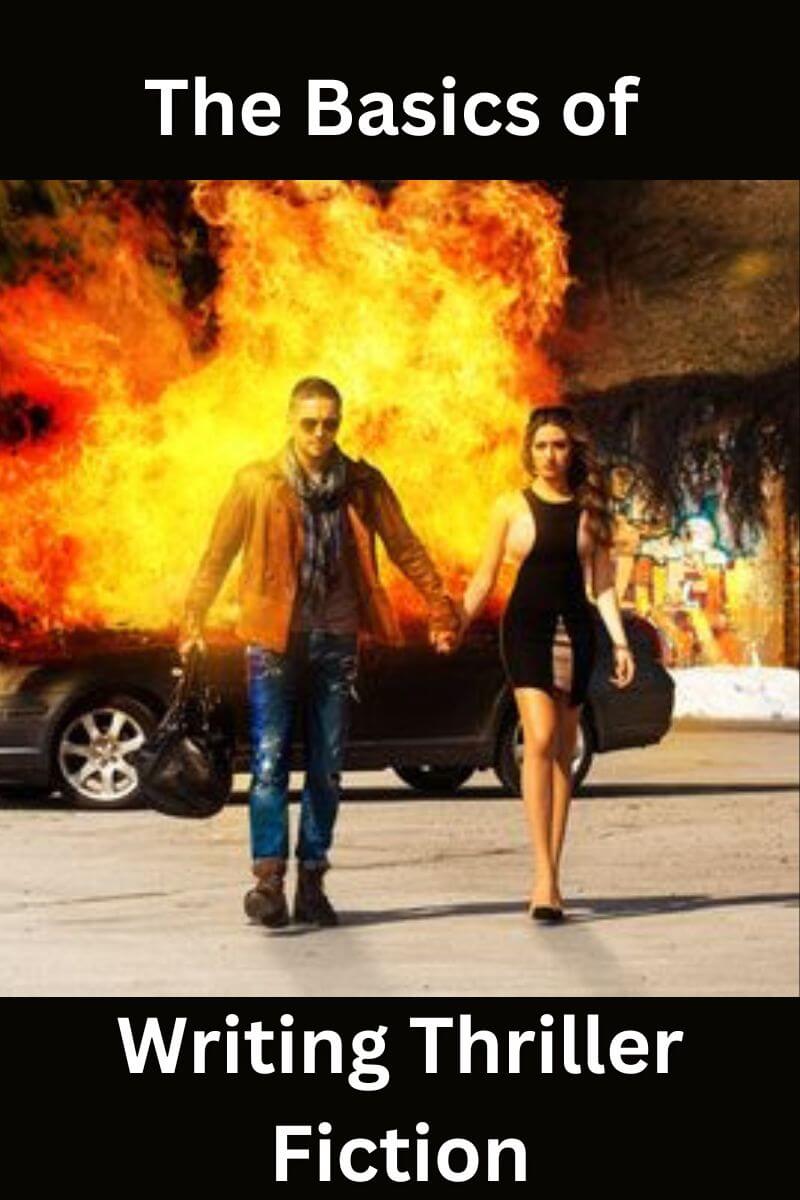Is it necessary for my plot to have disasters?
Question: I've read various blogs and topics about how I need to figure out at least three main disasters for my story to work. Is that necessary?
I'm writing a story about a depressed girl who has lost hope about life and now wants to become happy again. She takes help from an emotional support organization. They make her teach the illiterate, help the elders and this makes her realize certain good things. Eventually she saves her best friend's life form an accident but she dies in hospital weeks later. When the protagonist finds her best friend's wish list that would never be fulfilled, she changes her take on life. Eventually her classmate (and love interest) makes her realize how everyone has a wish list of their own and that regardless of when death would come, we should follow their wish list. Thus she decides to make a change in life, even though she is not sure how but she is certain she is ready to take challenges.
Do you think it's not strong enough as a plot and doesn't have enough disasters to make it interesting? I'm really confused. Please help.
Answer: There are two types of plot element to consider: static elements and progressive elements.
Static elements don't have to appear in a fixed order, and can be illustrated in different ways/places in a story. They just need to be there.
Two of the most important static elements are Requirements and Forewarnings.
Requirements are signs that the protagonist is making progress towards her goal (which in this case seems to be coming to a new realization or outlook about life).
Forewarnings are warning signs concerning what will happen if the protagonist fails. They can indicate that failure is approaching.
Alternating between requirements and forewarnings creates an emotional roller
Disasters can be forewarnings, if they suggest the protagonist may fail, but they are only one type of forewarning. For example, in helping the elders, the protagonist may see examples of people like herself who made the wrong choices in life. Thus, these people would be warning signs of how her life might turn out if she fails.
Another example would be if the readers see the protagonist make the wrong choices in certain situations, making it look like she might fail.
As for the progressive elements, these are events that unfold in a certain order in order to create an emotional arc in the story. The most important of these are the five drivers or major turning points. Here's how they look...
Initial Driver: This could be the event that causes your protagonist to lose hope.
2nd Driver: This is often a new opportunity. For example, connecting with the emotional support organization.
3rd. Driver: This is often the point where the protagonist commits to a course of action. In your story, this might be the accident.
Crisis Driver: This is the moment when the protagonist's fortunes start to reverse. This might be when discovering the list makes her decide to change.
Final Driver: This event determines decisively whether the goal will be achieved or not. For instance, maybe she commits to a new life helping others create and pursue their lists.
As you can see, a driver can be a disaster, but it doesn't have to be.
In some stories the drivers tend to be actions (which can be disasters or fortunate events). In other stories, the drivers can be decisions or realizations. What matters is that each one takes the story in a different direction.
Best of luck
- Home
- Plot Questions
- Is it necessary for my plot to have disasters?











